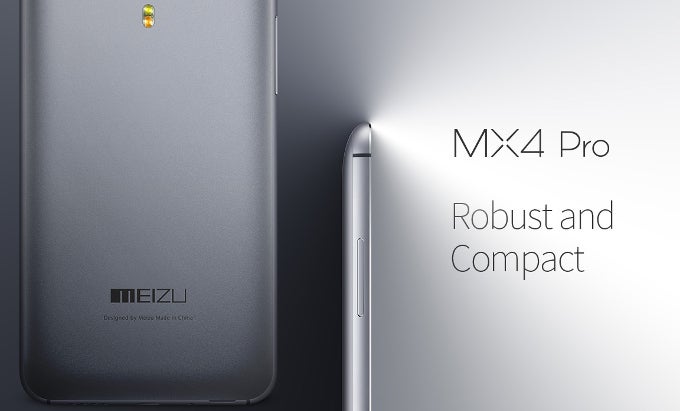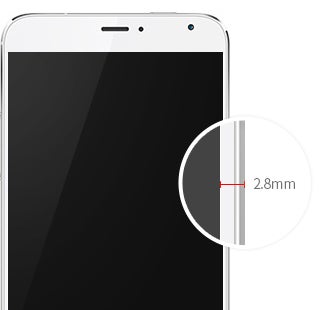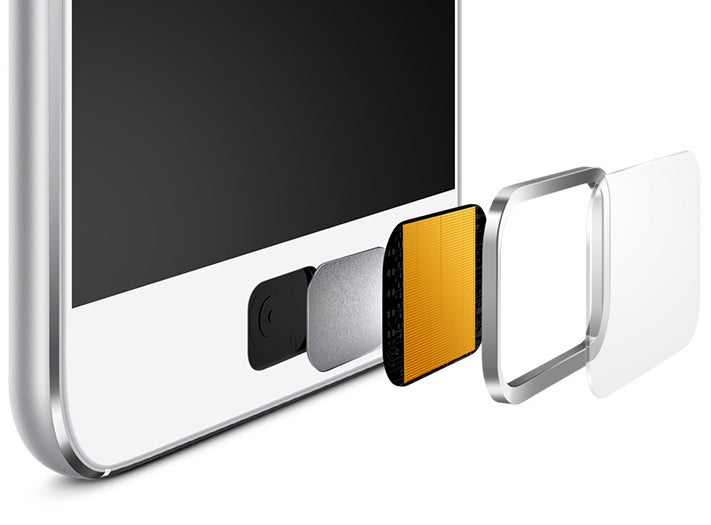Meizu MX4 Pro is here - Quad HD, 20nm Exynos SoC, 20.7MP camera, and complex fingerprint sensor on board

After months of speculations, Meizu has finally launched the more power-laden version of its MX4 flagship - enter the 5.5" Meizu MX4 Pro. Design-wise, it's mostly similar to the 5.36" Meizu MX4, though it has a slightly redesigned capacitive home button (there's a reason for that). Just a tad thicker than the MX4, the MX4 Pro is 9mm-thin and tips the scales at 158gr. At the same time, it's 150.1mm tall and 77mm wide, which means that the 5.5-inch handset has a good screen-to-body ratio of 76.5%. Meizu also boasts that it has slimmed down the side bezels to 2.8mm.

Right beneath the display, Meizu has crammed in a 3,350mAh battery. Connectivity-wise, the MX4 Pro sports a dual-band Wi-Fi (2.4GHz/5GHz), LTE, and all the regular bells and whistles you'd normally expect - Bluetooth 4.0, NFC, GPS, A-GPS, Glonass, etc.
Despite the rumors that the Meizu MX4 Pro might run either Ubuntu Touch or Alibaba's YunOS, the new Meizu device runs the manufacturer's own Flyme OS skin on top of Android 4.4.4 KitKat.

Meizu has also endowed its newest device with something something to woo the audiophiles out there - a TI OPA1612 amplification chip, an advanced DAC master clock architecture, and other Hi-Fi goodies can be found inside. In addition, several ceramic film capacitors and high-precision low-temperature-drift resistors take care of the background noises. Nifty, right?
All in all, the MX4 Pro amps up the game of Meizu's 2014 portfolio, bearing some hefty improvements over the "mundane" MX4. It seems that the device will bear a $410 price tag in China, yet there's no word if it will venture into any other markets just yet. At least we know that the MX4 Pro will come in grey, sand yellow, and white.
source: Meizu
Follow us on Google News












Things that are NOT allowed:
To help keep our community safe and free from spam, we apply temporary limits to newly created accounts: